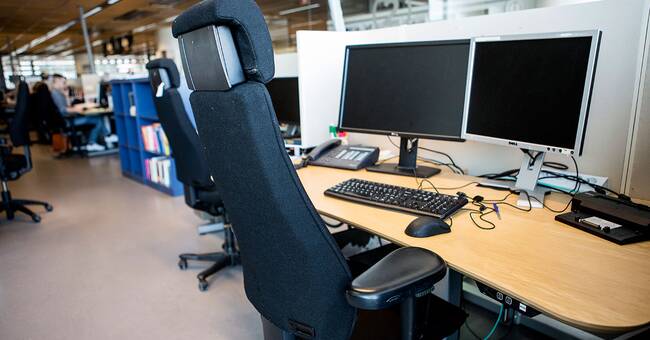The corona pandemic has affected us in so many ways - one of the clear changes is that many workplaces have moved into the home.
We meet online instead of in conference rooms and when we meet in video conferencing, many of us see our colleagues' porcelain shelves or walk-in closets in the background.
The number of domestic workers continues to increase
Since the corona pandemic, the number of people working from home has increased gradually and despite the fact that more and more Swedes have been vaccinated, the number of people working from home is still increasing.
During the first quarter of 2021, almost every third county resident worked from home.
In Statistics Sweden's survey, it was 32.1 per cent of the working population.
The number has risen during the pandemic: In the third quarter of 2020 - ie during the summer and early autumn of last year - just under one in five workers in Jämtland County had their workplace at home.
But 32 percent is far from a top position, in Stockholm County just over 56 percent worked from home and seen across the country it was 42 percent.
Only one in ten in the hotel and restaurant industry
The largest proportion of domestic workers are in information and communication, financial activities and business services, in the public administration and in the education sector.
The lowest proportion of home workers is seen in the hotel and restaurant industry and in health and care.
There, 10.8 and 18.6 percent worked from home, respectively.
Pärra Blixt in Östersund is one of those who has worked from home a lot since the pandemic started. This is what it sounded like when he was summing up "An unusual year":
Javascript is disabled
Javascript must be turned on to play video
Read more about browser support
The browser is not supported
SVT does not support playback in your browser.
We therefore recommend that you switch to another browser.
Read more about browser support
Pärra Blixt has worked from home for almost the entire year.
Photo: Anneli Åsén

